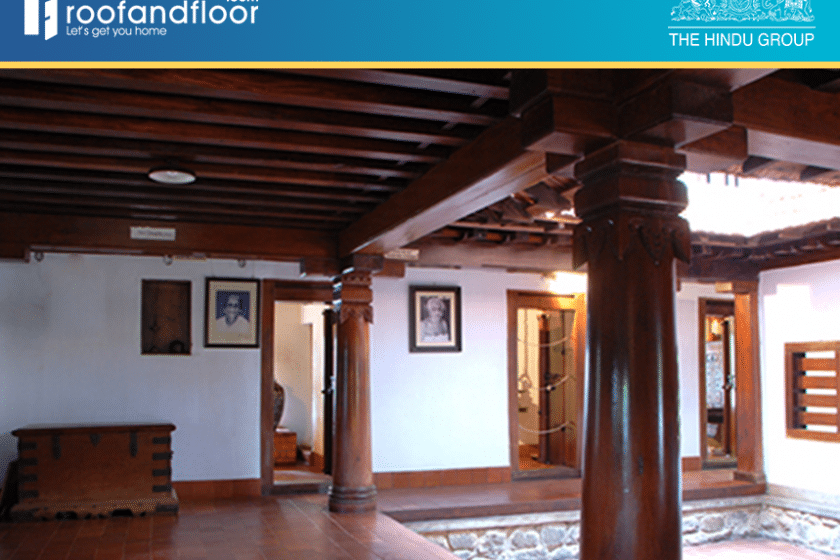Chennai is a place steeped in traditions, festival, customs, and culture that go back thousands of years. Today, one can see these stories of heritage etched in time unfold in pockets across Chennai. Walk through its kolam filled neighbourhoods, where the smell of freshly brewed coffee lingers, and the sounds of Tamil songs can be heard emanating from houses that are more than a century old.
It’s these houses that lend character to the city, telling tales of a bygone era, amidst all the sleek skyscrapers and shiny office buildings that jostle for space next to them. It’s not unusual to see a beautiful house sporting elaborately carved wooden pillars and a courtyard sitting right next to a sprawling apartment complex.
But come to Mylapore, and you will see an uninterrupted line of traditional row houses known as agraharams. Mylapore got its name from the assumption that the area was home to numerous peacocks. It is one of the oldest parts of Chennai, a place where tradition lives on fiercely, a celebration of festival happens frequently and where Carnatic music is considered an important part of life.
A typical agraharam carries all the hallmarks of a construction plan that has been explored logically and socially from every angle. A thinnai or a corridor right at the entrance of the house complete with a stone bench provides a place for visitors to wait.
A passage leads from the thinnai into the courtyard situated in the middle of the house, which is an open space that catches all the natural elements – sunshine, rain, wind. Agraharams have roofs that are spacious enough to dry condiments and snacks, a traditional staple activity in Tamilian households. The roofs also offer views of the local temple gopuram ensuring that the family is always connected to their deity and is within reach.
Most of the agraharams continue to charm in their subtle, graceful shades of beige, cream, white, and ochre that pair well with wooden doors and windows. In fact, the houses are entirely constructed with materials like wood, terracotta and tiles, which help keep the house pleasantly cool at all times, a necessity in the humidity and heat of Chennai.
Houses that were built before the 1930s are distinctive with their use of iron and the ones that came much later stand out with their use of steel. These latter-day houses also incorporate different styles of architecture and richer designs. One can see a melange of art deco, neoclassical and British era designs in these agraharams; delightful kitsch that is a treat to the eyes.
The last thoughtful finishing touch can be found on the walls that adjoin agraharams making it necessary for families to live as one big community. Lack of privacy was less of a concern than having people to help out during times of need.
Agraharams today are on the endangered list. Money-hungry property dealers vie for deals in the prime spaces that these agraharams occupy. Aged parents whose children are scattered all over the world in pursuit of jobs or education or youngsters who have inherited the houses and are forced to care for them are the occupants or owners of these agraharams today. For them, it’s easy enough to capitulate to property dealers, sell the house, and live in the ‘comfort’ of an apartment where all the amenities are easily available.
But there is also hope in the many owners who refuse to vacate or sell because the agraharam is a way of life. It is a part of their history and their memories. These guardians of the past are what make Mylapore continue to be as captivating as it used to be, even today.


